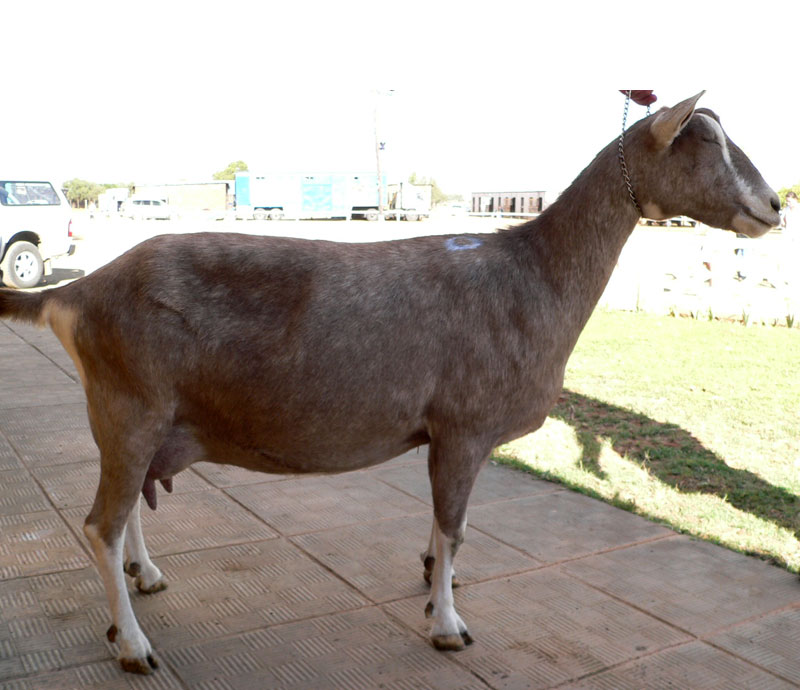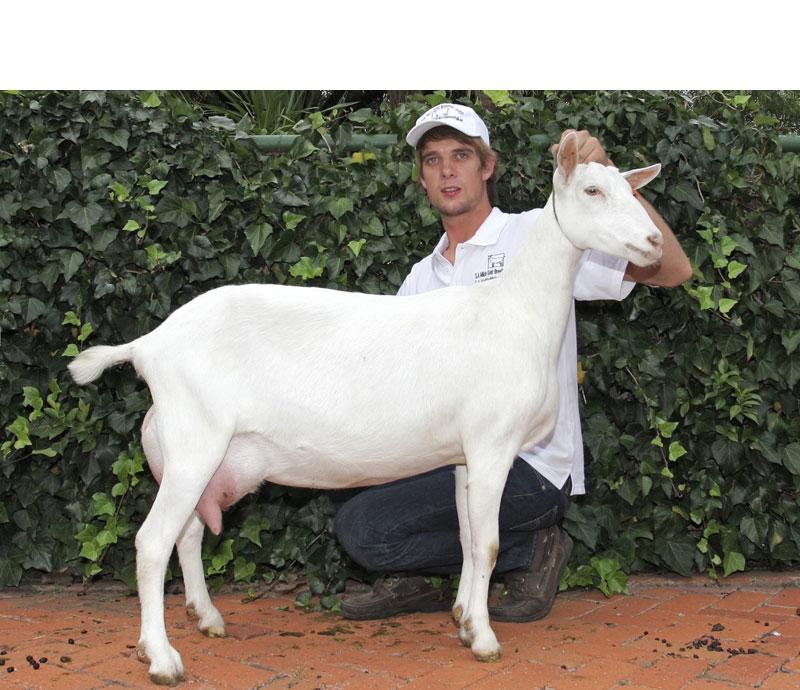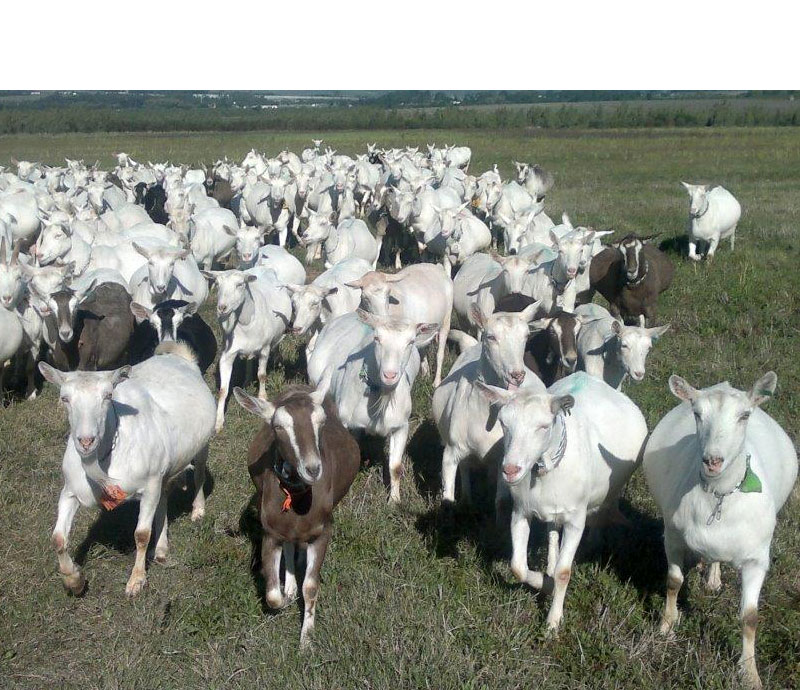The key is to know your goats, knowing what normal health in your herd is. Certain diseases happen gradually, but you and your employees must know the animals so that any change in behavior can be spotted. I know it is not easy in large herds, but here the persons milking the goats daily, have a very important role to play.
They and everyone involved should particularly note the following daily:
- Is the goat's the goat’s attitude alert, curious, ears erect, eyes and nose clean of any discharge?
- The goat's appetite normal?
- The goat drinking water?
- The goat's droppings normal?( Bokdrolletjies?)
- The udder swollen, lumps?
- Is the udder abnormally hot/cold, look and feel for sores?
- Is her milk yield normal?
- Is the goat’s coat smooth / frizzy, cuts or bruises to the skin?
- Look and feel for abscesses, warts or bare patches etc
- How is she walking/standing?
- Cripple?
If there is any change in the behaviour of an animal, isolate her / him for observation.
- Take the animal's temperature, the body temperature of a healthy goat is 38-39.5 ° C.
I recommend a digital thermometer. Take the temperature anally.
Let someone assist you in holding the animal still. Apply a little lubricant on the tip of the thermometer and press gently into the anus.
- The Heartbeat of a healthy adult goat is between 70-95 beats per min.
To count the heart beat, put your hands on either side of the chest, about in line with the knees. Let a second person take the time while you count the heartbeat.
- Respiratory rate normal
Normal breathing is between 10-30 breaths per minute.
Always compare your findings with the rest of the herd, as on a hot day the breathing and heart beat of the animals may be faster.
- Observe rumen movement, normal rumen movement is 1- 1.5 per minute. To count the rumen movements push your fist against the stomach of the animal midway between the last rib and thigh.
After you have done all your observations decide on the treatment, if you are not sure what is wrong with the animal contact your veterinarian. It is always important to consult your veterinarian about treatment and type of medication.
Remember to record all treatments in a Treatment book! Make sure that you stick to the withdrawal periods as recommended for the relevant medication and keep strictly to it.
Always isolate sick animals from healthy animals
Hoof health is very important.
- Where animals graze this is usually not a problem.
- When animals are farmed intensively and on bedding, foot rot can be a problem.
- To prevent foot rot trim the hooves at least 3 - 4 times per year
MAINTENANCE OF HOOFS
Tools needed :
- A good hoof shear or good quality pruning shears and a knife with a solid short sharp blade.
- Always keep medications (Necrospray, Stockholmteer etc.) on hand, in case there is a sore or if you cut too deep and draw blood.
HOW DO I TRIM THE HOOVES
- Clean out any dirt with a hoof pick or the tips of your trimmers.
- Trim the edges of the hoof, and the heel down so that they are even and flat with the sole of the foot
- Trim slowly and carefully, don’t cut to deep, or you will cause bleeding
- Trim all excess between the hoofs
- Your aim is to get the hoof in its natural state again





